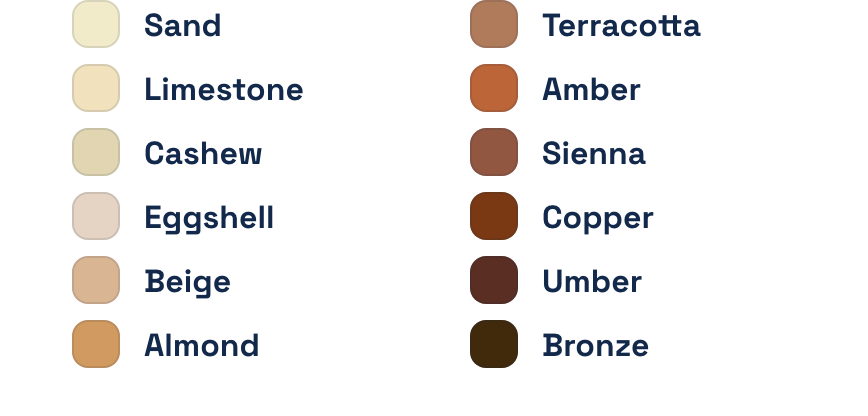Bullying
The patient will be in the position of the student, in a classroom, a few minutes before the class starts, there are 7 students (between 13 and 18 years old) around him. The aggressor and the rest of the students will also be in the class, away from the patient, but in a position where the patient sees them.
When the start event is activated, the aggressor will appear (after a fade to black) in front of the patient along with the rest of the students present. Afterwards, the type of aggression/bullying can be selected in events: verbal, physical or relational. Once the “type of bullying” event is over, the reaction of the audience can be modulated by activating booing, laughing and whispering (by means of the behaviour-observers event). Playing the event option “Evaluation”, will trigger 4 possible responses (2 aggressive and 2 passive) to appear in the patients view in the goggles, so that the patient can choose, guiding the selector by looking at their desired response, what they would do in this situation.
SETTINGS VARIABLES
- Gender
Choose between a male or female body. A neutral body is selected by default.
- Skin tone
Choose the skin tone that best represents your patient to enhance the feeling of immersion.

- Group of the aggressor
Alone / Accompanied
This variable determines whether the aggressor will be alone or accompanied in front of our patient. Once the event “Start” is activated, the aggressor will appear near the patient alone or accompanied by two other students, depending on the selection of the drop-down menu
EVENTS
Start
Once the configuration variables are defined, this event will make the avatars (the aggressor accompanied or alone), appear near the patient and remain in that situation until a new event is activated. The distance and non-verbal behaviour of the aggressor in relation to the patient will be very close, being already in itself an invasion of the personal space and therefore uncomfortable and aggressive.
Type of aggression
After the “Start” event we can activate the type of action we want the offender to take:
- Verbal assault of the abuser: By selecting ‘verbal assault’ the avatar will utter a verbalization “Hey, look who’s here… what’s up you idiot!”
- Physical assault of the abuser: By selecting ‘physical assault’, the avatar will approach from an intimate distance and say, “I’m going to beat you up.”
- Abuser’s relational aggression: By selecting indirect aggression there will be no clear verbalization or invasion of intimate personal space, but there will be a defiant look and threatening paraverbal language.
Evaluation
Makes the victim’s reaction options appear, so that the victim can select them and thus enable the evaluation of our user’s coping profile, based on the type of aggression we have previously activated. Passive/aggressive profile.
Observers
When this event is activated, the group of 4 students who are neither the aggressor nor his buddies will perform one of these three actions.
- Booing: the group makes reproachful sounds towards our user
- Laughs: the group laughs looking at our user
- Whispers: they will talk to each other looking at the mobile phone and the patient alternately
This option can be activated simultaneously after the type of aggression we have established, or while the user is selecting his response in the “evaluation” event.
End environment: When this event is activated, the students will appear seated in their chairs with the teacher (clinically irrelevant) in the background behind the table ready to start the class.
Therapeutic objectives
- To evaluate the type of response of alleged victims of bullying to a situation of school bullying in order to know the profile of the victim (aggressive, submissive…).
- To train victims of bullying to a classic situation of school bullying, in order to teach and rehearse social skills and how to manage the situation properly.
- There is also the possibility of using this environment to work with aggressors and companions. Putting the aggressor in the victim’s position can facilitate empathic work by encouraging them to feel as the victim would.